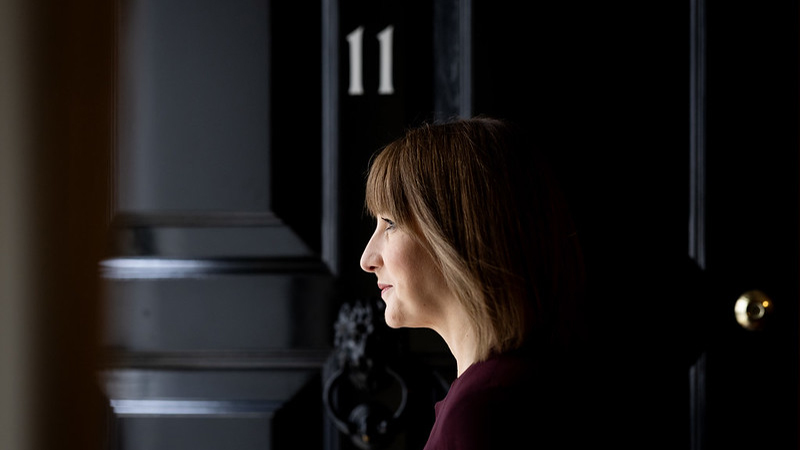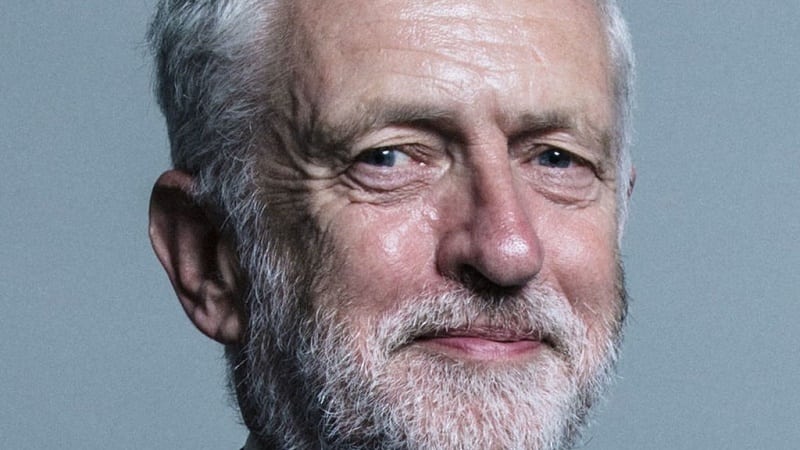A Conservative victory at this week’s election is largely priced into sterling, although investors Portfolio Adviser quizzed forecast the currency could swing anywhere from $1.05 to $1.40 depending on the outcome of Thursday’s UK general election.
The last poll from Yougov ahead of the 12 December vote puts the Conservatives at 43% across the country while Labour sits at 34%. The Liberal Democrats are third at 12%. That would indicate the Conservative majority has fallen from 68 seats in November to 28 seats as voters head to the polls.
Columbia Threadneedle portfolio manager Alex Batten reckons if the results on Friday align with polls, GBP could move to $1.34-1.35. While markets have largely priced in a Conservative majority, they are still too scarred from past polling errors to price in the large lead currently projected in polls, Batten says.
‘Knee-jerk’ reaction if Conservatives don’t take a majority
Brooks Macdonald investment strategist Matthew Cady reckons sterling upside is limited thanks to market complacency about the Conservative lead in the polls.
“With a Conservative majority now the consensus, if Friday morning sees a different result, there could be a rush to exit sterling positions,” Cady says.
“A hung Parliament could see sterling back down towards the low 1.20s against the dollar, with a risk of delays and the current EU-exit timetable of 31 January likely thrown into doubt.”
Hermes senior economist Silvia Dall’Angelo expects sterling to remain in its post-referendum $1.20-1.40 range. The pound could reach $1.35 on a Conservatives win or $1.25 or lower on a hung parliament, but both would be “knee-jerk” short-term reactions, Dall’Angelo says.
Could sterling near parity with the dollar?
The unlikely event of a Labour majority was deemed by Waverton CIO Bill Dinning to deliver a much stronger reaction.
He forecasts sterling will fall to approximately $1.05, equivalent to a 20% drop from $1.30, under a Labour majority and 5% falls if they pull together a minority.
While weak sterling has buoyed overseas earners in the FTSE 100 in the period after the Brexit referendum, Dinning anticipates 10% falls for the index in the case of a Labour majority because of the “existential challenge” its policies would represent.
The party is pledging to give workers seats on boards and a 10% stake in the companies for which they work. It is also planning to nationalise trains and utilities.
Positives from a strong Labour result
But many believe a Labour-led coalition would be positive for sterling because it would likely lead to a softer Brexit or no exit from the European Union at all.
Option pricing for GBP downside protection is modest relative to previous events such as the 2016 referendum and Theresa May’s deadline for Brexit in March, notes Ugo Lancioni, manager of the newly launched Neuberger Berman Macro Opportunities FX fund.
“While investors have largely been focusing on the short-term dynamics of the election, it is the final Brexit outcome and success in subsequent trade negotiations which will determine the outlook for sterling over the more medium to long term,” Lancioni says.
In a table for investors on the potential outcomes for the UK election, EFG Asset Management global head of research Daniel Murray said a Labour-led coalition would result in a rally, compared to a sell-off if voters support a Conservative minority at the polls.
FX, equity and gilt outcomes from the UK election
| Conservative majority | Conservative minority | Labour-led coalition | |
| Currency | Much is already priced in. A small rally. | Sell off as probability of smooth Brexit is reduced | Rallies
|
| Large cap equities | Neutral | Neutral | Underperform |
| Small cap and domestically focused equities | Outperform | Underperform | Outperform |
| Gilts | Sell off a little | Neutral | Sell off a lot |
Source: EFG as at 5 December 2019
‘No deal brinkmanship will be back again’
Brexit would weigh on sterling in the case of a Conservatives majority or a hung parliament both of which could see the UK fall back on to World Trade Organisation rules.
Hawksmoor Investment Management last month shifted away from its underweight sterling position by increasing UK domestic equity exposure and switching overseas bonds to UK corporates.
But this will remain under review regardless of the election result, says senior investment analyst Ian Woolley.
“We are acutely aware that we have only one year to sign an EU trade deal: no deal brinkmanship will be back again next Christmas,” says Woolley.
The Conservatives have ruled out an extension to the transition arrangement meaning they have until the end of 2020 to negotiate a complex trade agreement. Labour has pledged to negotiate a customs union with the EU and put the deal to a final referendum.
Dall’Angelo describes Boris Johnson’s one-year timeline for Brexit as “very ambitious” pointing out it took the EU and Canada seven years to negotiate their trade deal.
She says: “The idea that once a withdrawal agreement is reached, Brexit uncertainty will be over is a bit of an illusion, I think. Brexit will probably continue to remain one of the main drivers of economic performance and FX and equity performance in the next few years at least.”
Positioning for UK election sterling fluctuations
Architas is positioning for short-term sterling strength but is prepared for the currency to pull back as Brexit negotiations come back into focus, says investment manager Nathan Sweeney.
Like Dall’Angelo, he does not expect deadlines set out by the Conservatives to be met if they lead the next government.
On a positive short-term outlook for sterling, the Architas Multi-Asset Active Intermediate fund has reduced exposure to Lindsell Train UK Equity from around 6% to around 2% since the summer and to Evenlode Income from around 6% to around 3% over the same period.
Premier Miton multi-asset fund manager David Jane says they are hedging sterling where they can via forward currency contracts as they do not like to have exposure to binary events like the election.
The UK election scenario most supportive of the pound
According to Batten, the scenario that would be most supportive of the pound, but is also among the least likely, is a Conservative minority government propped up by the Liberal Democrats on the condition of a second Brexit referendum.
He says: “This seems very unlikely given Conservative opposition to second referendum but would be the most market friendly outcome and a move to 1.40 in short order would be reasonable.”











